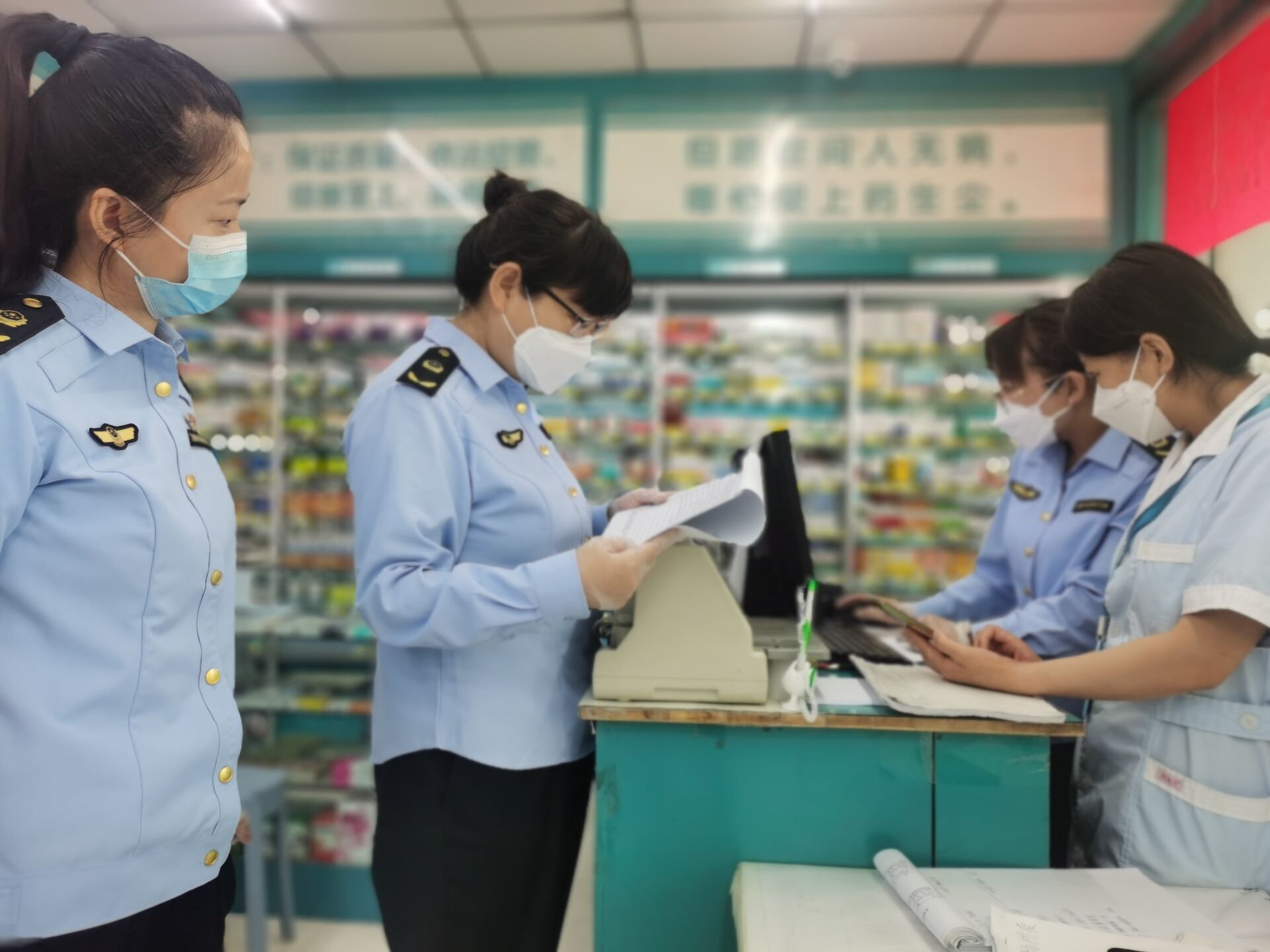Regarding thermal radiation, the authoritative answer to the National Health and Health Commission has come!
Author:Colorful Dongxiang Time:2022.07.16
Recently, high temperatures in many places across the country have been diagnosed with heat irritation, and there have been death cases. On the 15th, the National Health and Health Commission issued authoritative answers to thermal radiation -related issues.

1
What is thermal radiation disease
Thermal radiation disease is the most serious situation in high temperature -related emergencies, that is, severe heat stroke, due to exposure to high -temperature and high humidity environments, the physical regulation function of the body is unbalanced. The severe fatal diseases of burning, conscious disorder (such as delirium, convulsions, coma) and multi -organ dysfunction are the most serious types of heat stroke. Once, the mortality rate is extremely high.
Depending on the cause of the disease and the susceptible population, thermal radiation disease can be divided into labor -type thermal radiation disease and non -labor -type thermal radiation disease (also known as a typical thermal radiation disease).
2
Why do you get fever?
High temperature and high humidity climate and high -intensity physical activity are the most important risk factor that leads to heat irritation.
Classic thermal radiation diseases are mainly caused by high temperature and (or) high -humidity environmental factors, usually without severe physical activity. Labor -type heat irritation develops on the disease due to high -intensity physical activity that causes heat production and heat dissipation of the body.
3
What are the common symptoms of thermal ejection disease
Common symptoms of heat irritation are:
1. Bigram rise: increased body temperature is the main feature of heat irritation. The patient's core temperature is more than 40 ° C.
2. Symptoms of central nervous system: Central nervous system dysfunction is the main feature of thermal ejection disease, and severe damage can occur early, manifested as: delirium, drowsiness, epilepsy, coma, etc Strange behavior, hallucinations, corner bows are reversed, and brain rigidity. Some patients can leave long -term central nervous system damage in the later period, mainly manifested as not concentration, memory loss, cognitive disorders, language disorders, and facilitation disorders.
3. Other symptoms: headache, nausea, red skin, increased skin temperature, rapid breathing, accelerated heart rate, muscle spasm or weakness.
4
How to deal with on -site emergency treatment
Thermal radiation disease may be life -threatening. While trying to cool the patients, others around should help call the emergency call.
1. Move the patient to a cool place.
2. No matter what method is used, it quickly cools the patient. If the patient is soaked in the cold water of the bathtub; put the patient under the shower of cold water; spray it on the patient with the cold water of watering flowers; wipe the patient's body with cold water; apply cold wet towels or ice packs cold head, underarms and thigh roots; When the weather is dry, the patient is wrapped in a single or clothing in the cold water.
3. The muscles of patients with fever may occur involuntarily. In this case, avoid patients to hurt themselves. Don't put anything in the patient's mouth, don't try to feed the patient. If the patient vomits, the patient's body will lie on the side to ensure that the respiratory tract is unobstructed and avoid accidental occurrence.
5
What are the cases need to seek medical treatment in time
If the following situation occurs, seek medical treatment in time:
1. The body temperature continues to rise, or even exceeds 40 ° C. You should seek medical treatment in time.
2. Headache: When a continuous headache occurs in high temperature environment or after heavy physical strength, you should go to the hospital for medical treatment in time.
3. Muscle spasm: Under high temperature environment or heavy physical strength, systemic muscles, especially limb muscles unconsciously, should be seek medical treatment in time.
4. Light breathing: The breathing speed is accelerated, more than 20 times/minute, and the amount of breath is small, and you should seek medical treatment in time.
5. Nausea: I feel like I want to vomit, but I can't vomit it. At this time, I should seek medical treatment in time.
If the patients who find the following situations should be sent to the hospital immediately or assisted in dialing 120:
1. Comat: loss of consciousness, slow or unrephanhed to the external stimulus;
2. Extremely weak: I feel that there is no strength, and it is almost impossible to move;
3. Vague consciousness: I can't perceive people or things around them accurately. If you don't know where you are, you don't know what others are talking about;
4, delirium: mental disorder, nonsense;
5. Epilepsy: The whole body's muscles are unsatisfactory, no consciousness, and no response to external stimuli.
6
How to prevent fever
The key to reducing the mortality of thermal radiation disease is prevention.
The most effective prevention measures are to avoid high temperature (high humidity) and non -ventilated environment, reducing and avoiding the risk factors of heat stroke, ensuring sufficient rest time, and avoiding the occurrence of dehydration, thereby reducing the incidence and mortality of thermal radiation.
Source: National Health and Health Commission website
Produced: Liu Hong Chengmiao
Edit: Zhang Linglin
School pair: Liang Tian Tian Yanhai
- END -
The watches of social school enterprises will help the "grassroots wisdom" warm community

The help of each other's watches make the community particularly warmWarm heart re...
Comprehensively implement the "Four Essentials" measures to resolutely win the epidemic prevention and control resistance

In the past few days, all cadres and employees of the Pioneer Road Market Supervis...